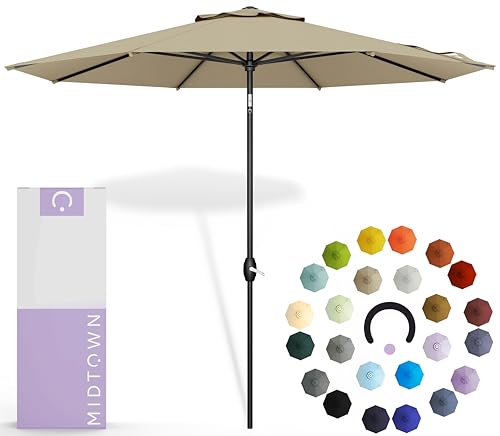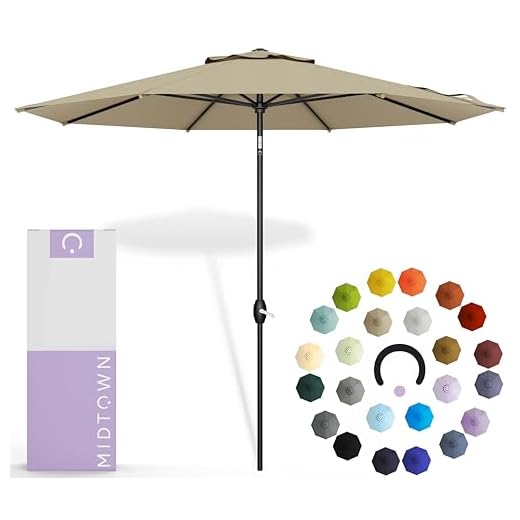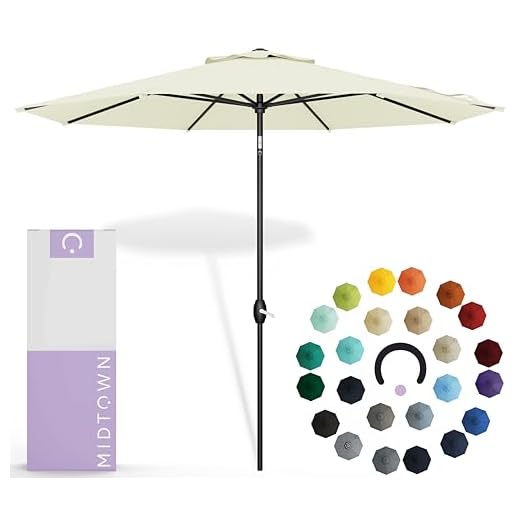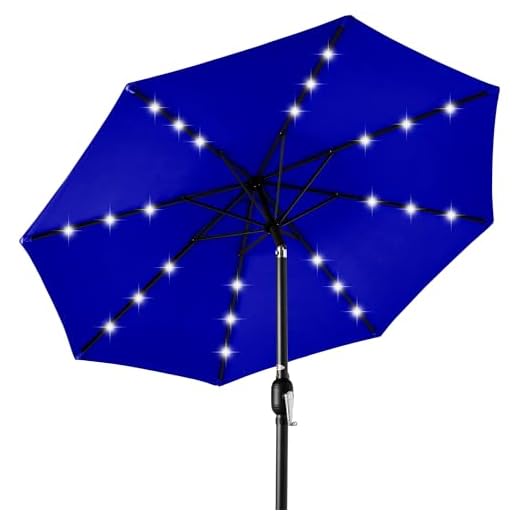
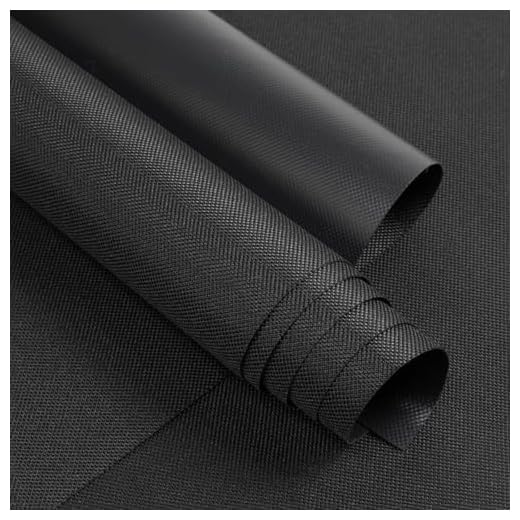
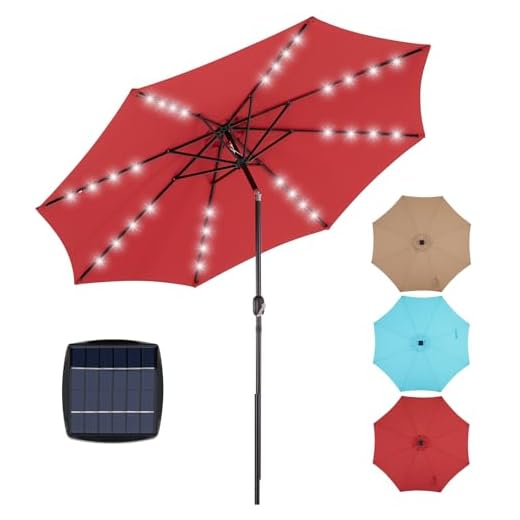
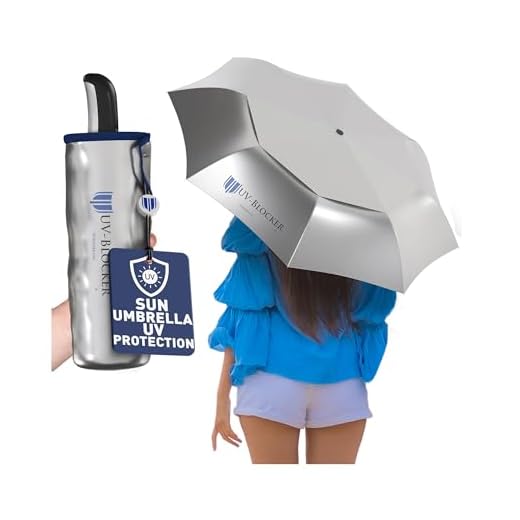

For those seeking durability and style in a garden canopy, acrylic and polyester options stand out. Acrylic is known for its resistance to fading and mildew, making it an excellent choice for sunny locations. On the other hand, polyester is often more affordable and can offer a variety of colors and patterns, perfect for adding a personal touch to your space.
This article provides a detailed comparison of various materials suitable for canopies, highlighting their strengths and weaknesses. Homeowners, event planners, and anyone looking to enhance their outdoor spaces will find valuable insights here. Understanding these materials can help you make an informed decision that fits your specific needs.
We will explore the performance of different textiles under various weather conditions, maintenance tips, and factors to consider when selecting the right option for your outdoor setting. By the end of this piece, you’ll have the knowledge necessary to choose a canopy that not only complements your environment but also stands the test of time.
Best Material Choices for Your Outdoor Canopy
Choosing the right materials for a shading structure is key to ensuring durability and functionality. Look for options that offer UV protection, water resistance, and fade resistance to maintain their appearance over time.
Polyester is a popular choice due to its lightweight nature and resistance to shrinking and stretching. It’s often treated with coatings that enhance its weather resistance, making it suitable for various climates. Another excellent alternative is acrylic, which is known for its superior color retention and UV protection. This material resists fading and provides a vibrant look, even after prolonged exposure to sunlight.
Comparative Analysis of Materials
| Material | UV Resistance | Water Resistance | Durability |
|---|---|---|---|
| Polyester | Moderate | Good | Fair |
| Acrylic | High | Excellent | Very Good |
| Canvas | Good | Variable | Good |
Additionally, consider the weave of the material. A tighter weave can provide better protection against the elements, while a looser weave allows for air circulation, keeping the area cooler. Fabrics with a water-repellent finish can further enhance functionality, ensuring that rainwater beads off rather than soaking into the material.
Finally, always check the warranty and care instructions provided by manufacturers. Proper maintenance can prolong the lifespan of the cover, allowing you to enjoy your shaded space for many seasons to come.
Durability Factors in Outdoor Umbrella Fabrics
Choosing the right material for a sunshade is paramount to ensuring longevity and performance. Several key elements affect how well these textiles withstand the elements, including UV resistance, water repellency, and abrasion resistance. Each of these factors plays a significant role in the overall durability of the covering.
UV resistance is crucial, as prolonged exposure to sunlight can lead to fading and degradation. High-quality materials often incorporate UV inhibitors that prolong the lifespan of the color and fabric integrity. Water repellency is another important characteristic; it prevents moisture from penetrating the fabric, reducing the likelihood of mold and mildew. Additionally, abrasion resistance helps the material withstand wear from wind and other environmental factors.
Key Durability Factors
- UV Resistance: Look for fabrics that offer high SPF ratings or are treated with UV-blocking agents.
- Water Repellency: Fabrics with a water-resistant coating will remain dry and maintain their integrity in wet conditions.
- Colorfastness: Select materials that retain color over time to prevent unsightly fading.
- Breathability: Ensure the fabric allows air circulation, reducing heat buildup and moisture retention.
- Weight and Thickness: Heavier and thicker fabrics tend to resist wear and tear better than lighter options.
Investing in high-quality materials not only enhances the lifespan of the shade but also maintains its aesthetic appeal. Regular maintenance, such as cleaning and proper storage, can further extend the durability of the textile.
UV Resistance: Protecting Your Space
Choosing a material with strong UV resistance is fundamental for ensuring longevity and comfort in your shaded area. Sun exposure can lead to fading and deterioration, affecting not just the aesthetics but also the structural integrity of your shelter.
High-quality options incorporate UV-blocking technology that significantly reduces the harmful effects of sunlight. This protection helps maintain the vibrant colors and extends the lifespan of your covering, allowing for enjoyable outdoor experiences without the worry of rapid wear and tear.
Key Benefits of UV Resistance
- Color Retention: Fabrics designed with UV protection maintain their original hues, preventing unsightly fading.
- Durability: Enhanced resistance to sun damage translates to longer-lasting materials that withstand harsh conditions.
- Comfort: UV-blocking elements provide a cooler shaded area, making it more comfortable to relax outside.
When selecting a covering, consider the UV protection rating. A higher rating indicates better defense against harmful rays. Look for materials that specify their UV resistance, as this reflects their capability to provide a protective barrier.
In addition, regular maintenance can enhance the lifespan of your shade. Cleaning the material periodically and ensuring it is properly stored during harsh weather conditions can further safeguard its integrity.
Waterproof and Weather-Resistant Materials
Choosing materials that resist moisture and withstand varying weather conditions is paramount for an effective shading solution. Waterproof and weather-resistant substances not only protect from rain but also endure sun exposure and wind, ensuring longevity and functionality. Commonly utilized options include synthetic fibers that offer durability while maintaining a lightweight profile.
Polyester and acrylic are popular choices due to their inherent resistance to water and UV rays. These materials often undergo treatments that enhance their waterproof capabilities, making them suitable for various climates. While selecting, consider the weight and weave of the material, as these factors can influence both performance and aesthetics.
Key Characteristics to Consider
- Water Resistance: Look for materials with a waterproof coating or those that naturally repel water.
- UV Protection: Ensure the fabric has UV-resistant properties to prevent fading and degradation.
- Mildew and Mold Resistance: Opt for materials treated to resist mold growth, especially in humid environments.
- Durability: Choose tightly woven fabrics that can withstand strong winds and harsh weather conditions.
Maintaining these materials is essential for prolonging their life. Regular cleaning and proper storage during off-seasons can significantly enhance their durability and appearance. Investing in high-quality, weather-resistant materials will provide a reliable and stylish shading option for any outdoor space.
Color Fastness and Fade Resistance Explained
Choosing materials with excellent color fastness and fade resistance is imperative for maintaining the aesthetic appeal of shaded areas. These characteristics ensure that vibrant hues remain intact despite prolonged exposure to sunlight and environmental elements.
Color fastness refers to a material’s ability to retain its original color when subjected to various conditions, such as washing, light exposure, and heat. Fade resistance, on the other hand, specifically addresses a material’s capacity to resist discoloration from UV rays and other environmental factors. Selecting textiles with high ratings in these categories can significantly extend the lifespan of your shade solutions.
Factors Affecting Color Retention
Several elements influence the degree of color fastness and fade resistance in textiles:
- Type of Dye: Natural dyes often have lower resistance compared to synthetic options, which are engineered for longevity.
- Weave and Texture: Tightly woven fabrics generally offer better protection against fading than loosely woven counterparts.
- Coatings and Treatments: Some materials are treated with special coatings that enhance their resistance to fading.
When selecting materials, look for those that specifically mention UV protection and color fastness ratings. These indicators can provide assurance of quality and durability over time.
Maintenance Tips for Fabric Longevity
Regular cleaning is essential for maintaining the appearance and durability of your shade structure. Use a mild soap solution and a soft brush to gently scrub any dirt or stains. Rinse thoroughly with clean water to avoid soap residue, which can attract more dirt over time.
Protective treatments can enhance resistance to UV rays and moisture. Consider applying a fabric protector specifically designed for outdoor materials. This creates a barrier against fading and water damage, prolonging the life of your shade.
Storage Recommendations
When not in use, proper storage is key. Make sure the material is completely dry before folding or storing it away. Damp fabric can lead to mold and mildew growth, which can damage the material.
Choose a cool, dry place for storage, avoiding direct sunlight to prevent fading. Use protective covers if storing outdoors; these can shield from dust and debris, maintaining the integrity of the material.
Additional Care Tips
- Check for tears or damage regularly and repair them promptly to prevent further deterioration.
- Avoid placing sharp objects near the material that could cause snags or punctures.
- Keep an eye on the frame; a stable base will help prevent wear on the material from shifting or flapping in the wind.
Conclusion on Umbrella Material Comparisons
Choosing the right material for your shade structure significantly impacts its durability and functionality. Each option presents unique benefits tailored to different needs and environments.
Based on the analysis, the following materials stand out:
- Acrylic: Excellent UV resistance and water repellency. Ideal for prolonged sun exposure.
- Polyester: Affordable and available in various colors. Offers decent UV protection but may fade over time.
- Solution-Dyed Fabric: Maintains color and strength, resisting fading and mildew. Suitable for long-term use.
- Canvas: Heavy-duty and breathable, excellent for wind resistance but may require regular maintenance.
In summary, consider the climate, usage frequency, and aesthetic preferences when selecting the perfect material for your shade solution. Each option has its merits, offering various levels of protection and appeal to suit your outdoor experience.
Best fabric for outdoor patio umbrella
Features
| Part Number | 8-LN-BLK-TER-CHESTN-N-FBA3 |
| Color | Terylast Fabric - Chestnut |
| Size | 8 Foot |
Features
| Part Number | SKY6407 |
| Model | SKY6407 |
| Color | Resort Blue |
| Size | 10ft LED |
Features
| Part Number | GWFBFB-009 |
| Model | Waterproof Canvas Fabric |
| Color | Black |
| Size | 108x60 inch |
Features
| Part Number | I3U22H |
| Model | I3U22H |
| Color | Bright Red |
| Size | 10 FT with LEDs |
Features
| Part Number | 741360281141 |
| Model | 58011 |
| Color | Silver |
| Size | 42" |
Features
| Part Number | 4336583223 |
| Model | 4336583223 |
| Color | TAN |
| Size | 9 FT |
Features
| Part Number | 9-LN-BLK-SUN-NATURAL-A |
| Color | Sunbrella Canvas Natural |
| Size | 9 Feet |
Video:
FAQ:
What types of fabrics are best for outdoor patio umbrellas?
When selecting a fabric for outdoor patio umbrellas, consider materials that offer durability and UV protection. Common choices include polyester, acrylic, and Olefin. Polyester is often budget-friendly and water-resistant, while acrylic provides excellent UV protection and is fade-resistant, making it ideal for long-term use. Olefin is another strong contender, known for its resistance to mold and mildew, as well as its colorfastness. Each fabric type has its unique advantages, so choosing the right one depends on your specific needs and environmental factors.
How do I maintain my outdoor patio umbrella fabric to ensure longevity?
To maintain your patio umbrella fabric, regular cleaning is key. Use a mixture of mild soap and water to gently scrub the fabric with a soft brush. Rinse thoroughly and allow it to air dry completely before closing the umbrella to prevent mildew. Avoid harsh chemicals or bleach, as they can damage the fabric. Additionally, consider applying a fabric protector spray to enhance water and UV resistance. When not in use, store the umbrella in a dry place or use a cover to protect it from the elements. These steps can help extend the life of your umbrella fabric significantly.
Are there any eco-friendly options for outdoor patio umbrella fabrics?
Yes, there are several eco-friendly fabric options for outdoor patio umbrellas. Look for materials made from recycled fibers, such as recycled polyester, which is created from plastic bottles and other recycled plastics. Some brands also offer organic cotton or linen blends that are treated with environmentally safe finishes for durability and weather resistance. Additionally, certain manufacturers prioritize sustainable production processes, ensuring that their fabrics have a lower environmental impact. When shopping, check for certifications or labels that indicate eco-friendly practices to make an informed choice.

